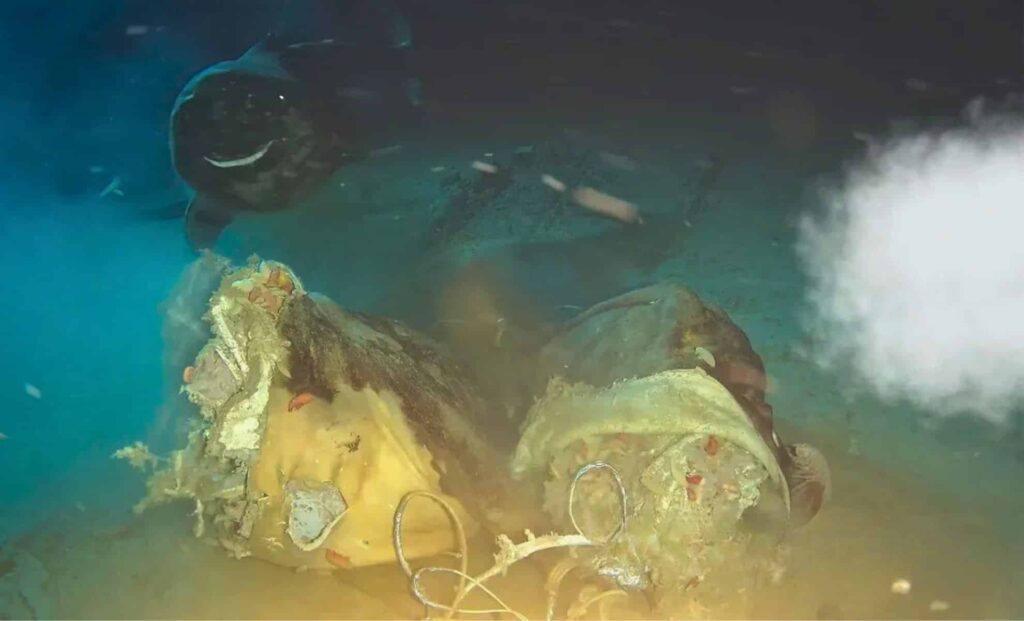Researchers in China dropped a cow carcass into the deep waters of the South China Sea, 1,629 meters below the surface. What began as a straightforward study on the processes that occur when a large marine animal, like a whale, sinks to the ocean floor quickly turned into something much more unexpected.
As the carcass settled on the ocean bed, a surprising number of visitors appeared—eight Pacific sleeper sharks (Somniosus pacificus), the first known sighting of the species in this part of the world.
The Sharks’ Unexpectedly Civilized Behavior
The footage captured by the Ocean-Land-Atmosphere Research‘s underwater cameras revealed something extraordinary about the sharks’ behavior. Despite their reputation as ruthless predators, the Pacific sleeper sharks displayed an almost surprising level of politeness. In a rare display of order, the sharks followed a sort of queueing system while feeding.
Those feeding first would calmly step aside to allow others to take their place. This behavior suggests a survival strategy more adapted to social cooperation than solitary hunting, something that sets these sharks apart from other deep-sea predators.
The researchers were also intrigued by another unusual sight: the sharks appeared to retract their eyes while feeding, an adaptation that serves as protection, since they lack the nictitating membrane (or “third eyelid”) that other species, including many sharks, use to shield their eyes during feeding. This behavior adds another layer of complexity to our understanding of how these elusive predators manage life in the deep sea.
A New Region for the Pacific Sleeper Shark
Typically found in the colder waters of the North Pacific, from Alaska to Japan and even as far south as the Tonga Trench, Pacific sleeper sharks are not usually associated with the warmer South China Sea. Their appearance in this region raises an interesting possibility: could their range be expanding due to climate change?
While this may be an isolated occurrence, the sighting opens the door to important questions about how species adapt to changing environments and how climate change may be influencing the distribution of marine life.
This discovery was a surprise to scientists, but it also highlights how much remains to be learned about the species. As one of the researchers, Han Tian, explained, the presence of these sharks in such a new area indicates that the region’s deep-sea ecosystem is still full of untapped secrets waiting to be uncovered.

